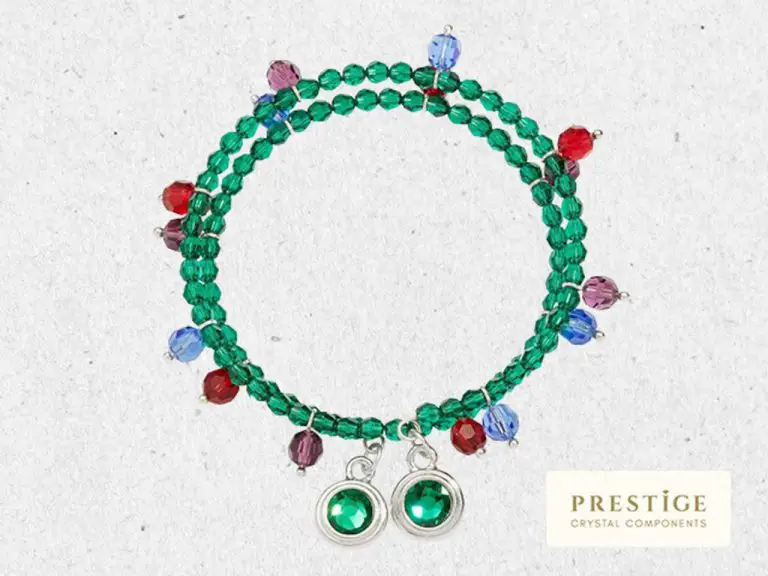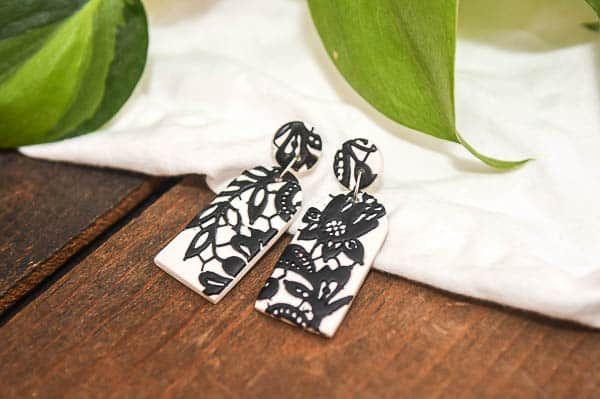Can You Make Clay Sculptures Without A Kiln?
Sculpting Without a Kiln – An Artist’s Guide
Clay is one of the most versatile and accessible art mediums. With just a lump of clay, artists can craft beautiful sculptures, decorative pieces, and functional pottery. However, most clays require firing in a high-temperature kiln to permanently harden and set the clay. Kilns allow the clay to undergo vitrification, a process that fuses the clay particles together into a permanent ceramic material. But kilns can be prohibitively expensive and energy-intensive for hobbyist artists. The good news is that with the right techniques, stunning clay sculptures can be created and preserved without ever needing a kiln.
Overview of Sculpting with Clay
Clay sculpting is one of the oldest and most popular art forms, dating back over 30,000 years to prehistoric times. Clay is an incredibly versatile material that can be molded into any shape. Sculptors typically start by fashioning a solid form called an armature, then layer on pounds of wet clay to build up the sculpture piece by piece.
Once the sculpture is complete, it must be dried and hardened through one of several processes. The most common method is firing the sculpture in a high-heat kiln, which undergoes a chemical reaction that permanently hardens the clay. Kiln firing allows the clay to become ceramic, making it highly durable for thousands of years. This is why we have ceramic artifacts from ancient civilizations.
However, firing clay requires a pottery kiln that reaches over 1000°F. While many art centers have public-use kilns, not everyone has access to a kiln for hardening their clay creations. Thankfully, there are alternatives for hardening air-dry clay that don’t require a kiln.
Challenges of Air-Drying Clay
When clay sculptures are air-dried without using a kiln, there are some important challenges to be aware of. The main issues that can arise are shrinkage, cracking, and fragility.
As clay dries, it shrinks. The amount of shrinkage depends on the specific clay body, but in general air-dried items may shrink 8-12%. This shrinkage continues as moisture evaporates until the clay hardens completely. If the sculpture is not sturdy enough to withstand this natural contraction, it can warp, bend, or crack as it dries.
To minimize cracking, air-drying needs to happen slowly and evenly. Drying too quickly creates a hardened outer shell before the interior has finished shrinking, causing stresses that lead to cracks and breakage. Cracking is also more likely if the clay walls or appendages are too thick.
Because air-dried clay remains porous and permeable unlike kiln firing, the finished sculptures are relatively fragile. They do not achieve maximum hardness and are more prone to chipping, abrasion, and other damage. Extra care must be taken when handling air-dried clay art.
Tips for Successful Air-Drying
When air-drying clay sculptures without a kiln, utilizing proper techniques during the sculpting and drying process is crucial for avoiding cracking or other damage. Here are some tips for successfully air-drying clay sculptures:
Proper Storage: Make sure clay is stored in an airtight container or sealed bag when not being used. This prevents the clay from drying out. Only take out the amount of clay needed for your project.
Climate Control: Air-drying needs to happen slowly, so a humid environment is ideal. Avoid areas with direct sunlight or heating/AC vents. Place sculptures away from open windows or doors. An optimal drying area is around 70°F with 50-60% humidity.
Sculpting Techniques: Avoid creating thick sections that can crack or slump when drying. Hollow out sections and keep walls thin where possible. Also avoid applying slip or water to dry areas, as this can weaken sculpture integrity.
Following proper storage, environmental, and sculpting techniques will allow air-drying clay sculptures to fully dry without damage or defects.
Alternative Drying Methods
While air-drying clay sculptures is the most common technique, there are some alternative methods that can speed up drying if you’re short on time or dealing with a high humidity environment that’s slowing down air-drying:
Microwaving
Most air-dry clays can be dried in the microwave, which is much faster than air-drying. Start with 30 second intervals, checking the sculpture in between. Microwave at half power so it heats evenly. Let cool before more microwave drying. Use supports if needed. Don’t microwave clays with wire or metal.
Blow Dryers
Using a blow dryer on a low, cool setting can help accelerate drying of clay sculptures. Move it around to evenly dry all areas. Keep the dryer 6+ inches away to avoid cracking. Avoid prolonged heat in one spot. Let cool in between drying.
Sunlight
If humidity isn’t an issue, placing air-drying clay sculptures in direct sunlight can help speed drying. Rotate the sculpture to dry all sides. Avoid prolonged direct sun which could overheat and crack the clay. Bring indoors if rain threatens.
Finishing and Protecting
Once your air-dried clay sculpture is fully cured and dry, you’ll want to apply some type of finish to protect it and enhance its appearance. Unfinished clay is porous and fragile, so a protective coating is important for preserving your artwork. There are several options for sealing and finishing air-dry clay sculptures:
Clear acrylic sealants are a great choice for protecting clay and providing a smooth, even finish. Multiple thin coats allow the sealer to fully penetrate the clay. Make sure to choose a water-based acrylic sealer formulated for clay and ceramics. Sealers prevent moisture damage and make the sculpture less prone to cracking and chipping. Allow each coat to fully dry between applications.
Polyurethane is another protective option that dries to a thick, plastic-like coating. Use a water-based polyurethane made for crafting rather than a standard wood floor finish, which may interact poorly with the clay. Polyurethane provides a glassy look and enhances vibrancy of paints. Sand lightly between coats for best results.
Spray sealants offer quick, even coverage for smoothing and protecting clay sculptures. Look for an acid-free formula designed for art mediums. Spray in sweeping strokes from about 12 inches away. Multiple light coats are better than one heavy coat for penetration into the clay. Allow 10 minutes of drying time between coats.
Decorative finishes like glosses, varnishes, and waxes provide attractive sheens. Use a soft clean brush to apply. Wax adds a lustrous patina that accents the clay’s surface. Gloss and varnish offer high-shine finishes. As always, test products on scrap clay before using them on a finished piece.
With the right sealant or finish, your air-dried clay sculpture will be protected from moisture, handling, and environmental damage. The coating also enhances the clay’s natural tones and textures.
Advanced Techniques
Once you feel comfortable with the basics of sculpting air-dry clay, there are some more advanced techniques you can try to add extra dimension and detail to your clay sculptures without needing a kiln.
Armatures
An armature refers to an internal structure or frame that supports the clay. For example, you can use wire, cardboard, or other materials to create an armature in the shape of your desired sculpture. Adding an armature allows you to use less clay and creates stability for more elaborate or large sculptures. The armature can act as the bones or framework that you then cover with the clay muscles and skin.
Composite Clay
Composite clay refers to mixing additional materials into the clay to create different effects. For example, you can mix sawdust, sand, or tiny stones to make the clay more textured. Or mix in paper, cloth, or natural fibers to strengthen large clay sculptures. Composite clay allows you to alter the properties and appearance of plain air-dry clay.
Paperclay
Paperclay is air-dry clay that has paper pulp already mixed into it, creating a lightweight and strong material. The paper fibers reinforce the clay, preventing cracking and breakage while drying. Paperclay is more expensive than regular clay but allows for very intricate, detailed sculptures. It’s an excellent choice for complex clay art without a kiln.
Example Sculptures
There are many wonderful examples of air-dried clay sculptures that showcase the possibilities of this medium. While air-drying does impose some limitations, talented sculptors have created breathtaking works.
Intricately detailed animal sculptures are quite popular, as the clay is highly workable for sculpting fur, feathers, scales, and other textures. Birds, horses, snakes, and mythical creatures are commonly sculpted figures. The natural colors of the clay are often used ingeniously to further enhance the realism.
Lifelike human busts and figures are another area where air-dried clays excel. The flexibility of the clay allows subtle contours of the face and body to be shaped. Fine details like wrinkles and pores can be impressively captured.
More abstract modern sculptures also work well with air-dried clays. The materials lend themselves to smooth contours and organic, flowing shapes. A matte or minimally glossy surface finish adds sophistication.
With creativity and skill, air-dried clays can produce remarkable sculpture art for the home or gallery. The works highlight why clays remain such a popular choice among contemporary sculptors seeking an accessible, versatile medium.
Tips for Displaying
When displaying your clay sculptures, there are some factors to consider for proper presentation whether indoors or outdoors:
Indoor vs Outdoor
If displaying indoors, keep your sculptures away from heating vents, direct sunlight, or humid areas like bathrooms that can impact drying and cause cracking. Outdoor displays need to be protected from rain and direct sun which can weather and fade the clay over time.
Mounting
Secure your sculptures on stable bases or platforms for display. Heavier pieces may need extra support like wire, glue, or brackets. Delicate tendril-like pieces can be mounted on clear acrylic rods. Outdoor pieces will need to be sealed to a weather-resistant base.
Lighting
Spot lighting or focused track lights can accentuate details in a sculpture. For softer mood lighting, try diffuse overhead lamps. Outdoor lighting will depend on placement – uplights work for pedestals and trees while path lights illuminate yard sculptures. Avoid casting shadows on your piece with poor lighting.
Conclusion
Creating clay sculptures without a kiln is absolutely possible for both novice and experienced artists. While air-drying clay brings challenges like cracking and extended drying times, there are many techniques to mitigate these issues. With the proper clay selection, moisture control, drying setup, and finishing methods, you can create lasting, beautiful sculptures from the comfort of your own home.
Sculpting without a kiln requires more patience and attention than kiln-fired clay, but brings immense satisfaction and artistic freedom. The tips presented in this guide equip you with the key knowledge to begin exploring this medium and developing your sculpting skills. Start with small, simple forms as you refine your process. Don’t become discouraged if your first few pieces crack or break – it’s all part of the learning curve.
Clay sculpture is a wonderful creative outlet open to all with an artistic spirit and willingness to experiment. There’s no need for any fancy tools or equipment. With just clay, basic sculpting tools, and these air-drying techniques, you can craft remarkable sculptures to display around your home. If you feel inspired to make your own clay art after reading this guide, then start sculpting today!





